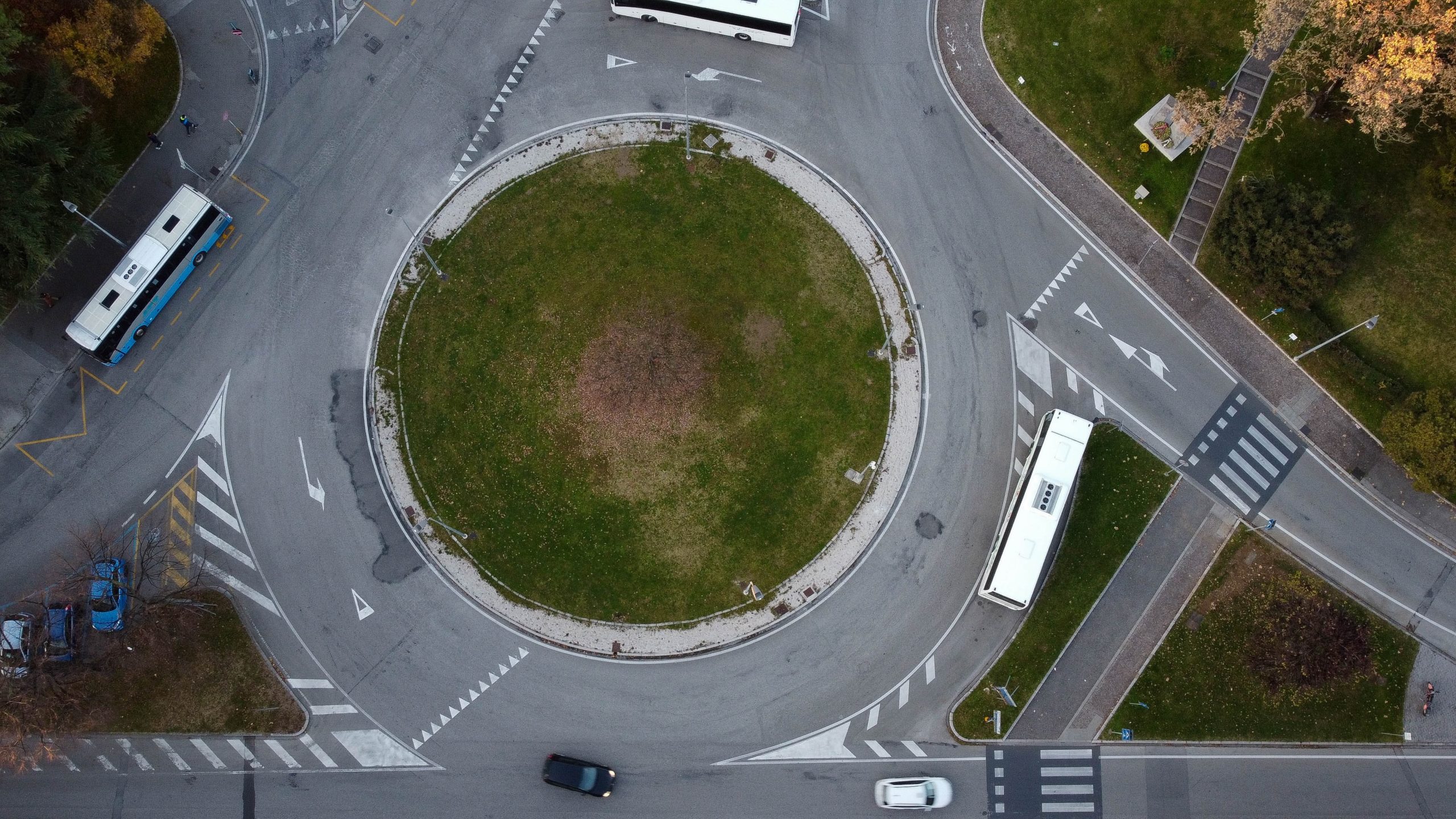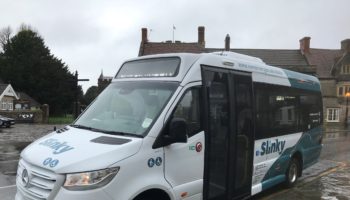Mobility-as-a-Service is perhaps the trendiest concept in the mobility sector. This concept, sometimes misused, tends to be associated with the image of an ultra-connected city, with a wide range of infrastructures and innovative transport offers, while sometimes ignoring the suburban areas.
However, MaaS should be a way to promote sustainable and inclusive mobility, by highlighting public transport and shared mobility offers.
Integrating Demand-Responsive Transport (DRT), a recognized solution for serving low-density areas, into a more comprehensive MaaS solution that includes areas such as peri-urban and rural areas would be a real paradigm shift in terms of equal access to mobility services.
Mobility-as-a-service: innovating for better decision-making
MaaS allows users to access all available modes of transport (train, bus, tramway, DRT, bike, e-scooter, ride-hailing, walking…) on the same mobile app with a focus on intermodality and multimodality, and on reducing the use of polluting modes of transport such as individual cars.
As the vehicle autonomy classification, MaaS presents several levels of integration of transport offers. These levels increasingly assist the user’s mobility. Ideally, the aim is to offer a fully integrated multimodal experience, without any rupture, and with a single ticket (level 5/5).
The Mobility-as-a-Service initiative : a multidimensional opportunity for public authorities
- For Public Transport Authorities (PTAs), MaaS is a powerful public policy tool. It must ensure the common interest in the use and control of territories, and propose an improved model of urban and suburban public transport. MaaS is also a valuable tool to ensure that new mobility offers are complementary to public transport, rather than in competition with it.
- It is in the best interest of public authorities to adopt an active attitude towards MaaS. Why? To achieve goals in reducing private car use and pollution, and to ensure that public transportation infrastructure is the backbone of the service.
Beyond the cities, Mobility-as-a-Service must provide peri-urban areas with access to relevant mobility solutions.
Integration of Demand Responsive Transport (DRT) in MaaS : a step forward towards a sustainable MaaS
Integrating DRT into a more global MaaS that includes sparsely populated areas such as peri-urban and rural areas highlights the need to address the mobility disparity between large urban areas and the rest of the territory.
DRT facilitates economic and social inclusion
The DRT developed by Padam Mobility in low-density suburban areas is a great opportunity in territories in need of a new impetus. It allows operators to optimize bus journeys in these areas to meet non-uniform demand.
The objective ? Reduce the polarity of transportation networks around major cities and connect remote areas to existing infrastructures to facilitate access to dynamic areas and employment hubs, for example.
Promoting responsible MaaS also means considering all types of user profiles (working people, students, elderly people, people with disabilities, etc.) and their specific needs. It also means offering alternatives to digital technology for users who do not have a smartphone.
DRT is able to address these needs :
- by providing services accessible to people with reduced mobility (PRM), tailored to different types of populations (young, active or senior)
- by allowing reservations via several channels, including those addressed to less connected users.
Increased flexibility to meet changing mobility habits
A more global Maas must address the need to make transport more flexible, whether it is public or active (cycling, walking). Travel reduction, teleworking, e-shopping, the health crisis is a catalyst of this trend. The solution delivered by DRT emphasizes the need for more flexible public transport at the dawn of a profound change in mobility habits.
More data sharing between MaaS and DRT system for a successful integration
Data sharing between different transport operators supports the inclusion of DRT in MaaS initiatives. From this perspective, the greater amount of data exchanged provides accurate information for public policy and continuous improvement of services and infrastructure.
Mobility-as-a-Service and DRT in Germany: integration is in progress
DB Regio, a Deutsche Bahn subsidiary (one of the main transport operators in Germany), is restructuring its rural transport offer around Mobility-as-a-service. In order to rethink the DRT brick and adapt it to the challenges of rurality, DB Regio selected Padam Mobility to deploy its DRT solution WDW NOW in Rhineland-Palatinate, a rural state in the southwest of Germany. A partnership with the company Hacon, has facilitated the integration of Padam Mobility’s DRT solution into the overall local mobility offer, in an inclusive MaaS approach :
“One of the most persuasive aspects of the service is its inclusiveness, as it addresses the needs of different population groups especially those who do not have easy access to mobility options, such as people with reduced mobility. In addition, the different booking options cover all age groups : young people are used to make reservations via the app, while older people prefer to talk to a “real person.”
Gerd Overbeck, Head of New Mobility Services at Hacon
Other integrations have been made, such as in Lille, France (Keolis-Padam Mobility).
This article might interest you : MaaS : a rapidly changing transport industry






